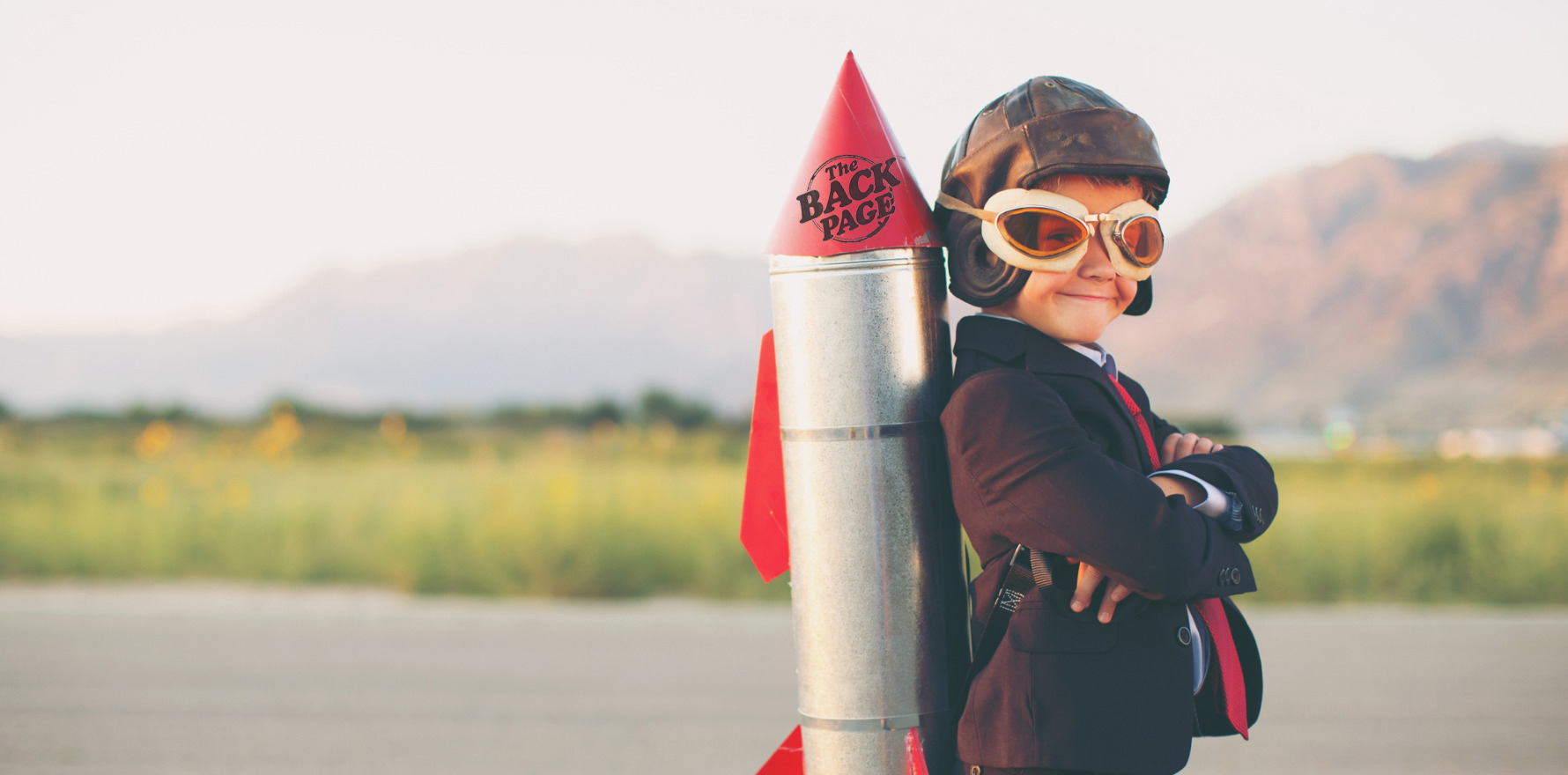The health of astronauts on long space missions comes down to a lot of maths, a lot of radiation shielding and the ability to resist the durries.
The first thing I remember watching on television was the Apollo 11 moon landing, 20 July 1969. I was 4 and a half.
I’ve been a space junkie ever since, fuelled by a set of parents who were happy to give me endless astronomy books packed with the best pictures of the day of our solar system, and to feed me a constant diet of science fiction and Dr Who episodes.
Sticking a human on top of a tube of rocket fuel and putting a match to it has always been an inherently risky business, and there have been accidents, of course. I remember exactly where I was when Challenger blew up, 28 January 1986 – my grandparents’ front room in London, watching the launch live.
My partner always looks at me askance whenever I’m asked if I would go to Mars, given the opportunity. My oath I would, given a comfy mattress and an infinite supply of Mint Slices to get me through the commute. A replicator, Star Trek-style would do the trick. Chocolate, Old Gold, hot. Engage.
The health of astronauts and scientists who spend increasingly lengthy periods of time in space is a growing field of medical research and a couple of yet to be peer reviewed papers have crossed my path this week.
Both come from the Professor Francis Cucinotta from the Department of Health Physics and Diagnostic Sciences at the University of Nevada.
Radiation poses a big risk to humans in space and in the 1980s, when the astronaut population was made up largely of white blokes, a risk assessment approach was devised for radiation protection – essentially sex and age specific dose limits corresponding to a lifetime 3% fatality risk limit.
Times have changed, however, and with a more diverse group flying in space, thanks to more enlightened policies at NASA and the proliferation of privately funded spaceflights, a more individualised risk assessment is needed.
In the first study released by Professor Cucinotta, he and his co-author did a bunch of maths-heavy modelling to model risk estimates for lunar missions for US racial and ethnic groups comparing never-smokers to US averages for each group and sex.
“We considered risk predictions for 35-year-old astronauts on lunar missions with 60 days on the lunar surface and 20 days total transit time between the Earth and moon,” they wrote.
“Solar minimum conditions with 20 g/cm2 average aluminium shielding are used in the calculations.”
Skip all the maths stuff – they know how to do the sums, and here are the results.
“White females have the highest cancer risk for both average and never-smoker groups,” they reported.
“The inclusion of circulatory risks reduces differences for never-smokers between Asian-Pacific islanders (API), Hispanics and Whites, however Blacks have a total risk of exposure-induced death (REID) about 20% larger than the API group.
“For males, Whites have the largest risks for the average groups and group differences are reduced for never-smokers compared to average groups, however Black and White never-smokers are ?30% and ?25% larger than the API never-smokers’ total REID predictions.
“Sex dependent differences are also reduced between groups for never-smokers with reductions from 20% to 10% and noting the inclusion of circulatory risks in total REID values reduces sex differences due to that from cancer risk alone.”
Yes, it’s all a bit pointy-headed but there are some important implications here – a large interaction between smoking and radiation risk for lung cancer, and a suggestion of a much lower lung cancer risk for females than more traditional models would suggest.
Professor Cucinotta and his co-author suggest it’s too early to use such factors in the area of crew selection, but for mine, being a white or API female never-smoker looks like the prime demographic for future crews.
In his other paper, Professor Cucinotta looked at cumulative risks for space crews going on long missions on the International Space Station (ISS) and, ultimately, Mars.
“The high occupational radiation exposures for long duration missions presents the challenge of estimating the cumulative risk, including uncertainties in the predictions over an astronaut’s career of several long duration missions,” he wrote.
“The major concern for space travel is galactic cosmic rays (GCR) risks of cancer [the dominant risk, it turns out], circulatory diseases and detriments in cognition. Non-targeted effects include bystander effects and changes to the tissue micro-environment, including altered biochemical signalling and the induction of chronic inflammation.”
Maths, maths, maths, maths, maths, then Professor Cucinotta found that the risks are within the current recommendations for such missions.
“Participation in a third long duration mission could possibly exceed the recommendations for ISS and lunar operations, however would be dependent on solar cycle, time between missions, age, sex, and possibly other factors.”
It’s all good fun until someone starts to glow. And given with the current technology it would take two years to get to Mars, let alone come back, who on Earth (literally) is going to do a third mission?
That’s a lot of Mint Slices.
Sending story ideas to penny@medicalrepublic.com.au will guarantee you a spot on the first Mars Mission (not really).


